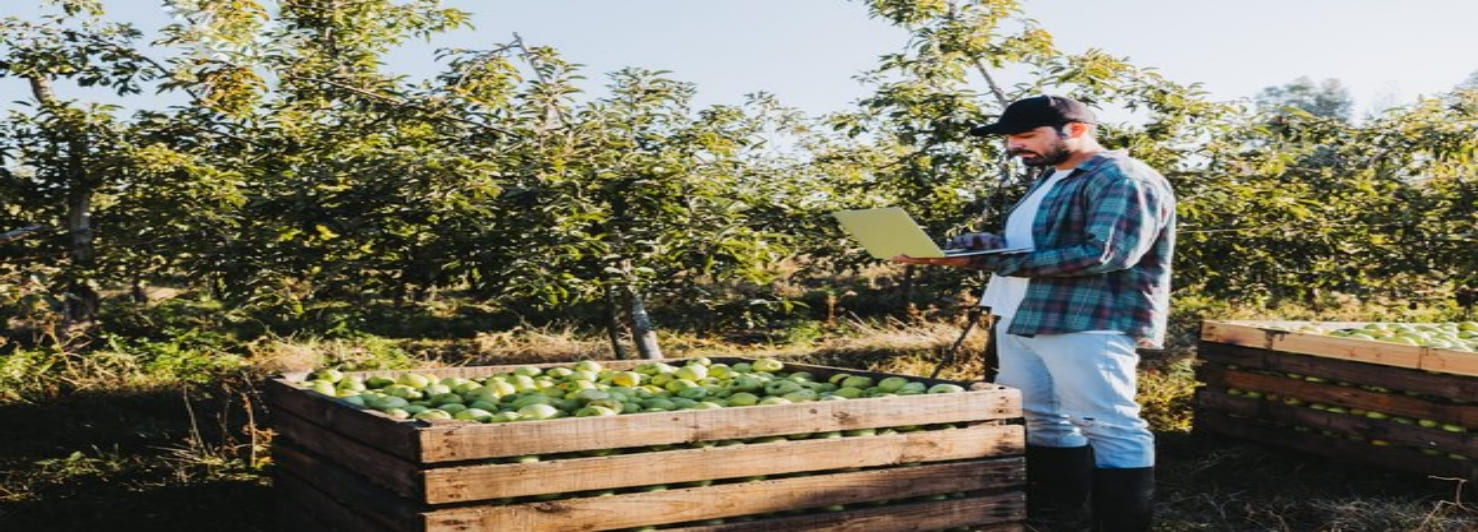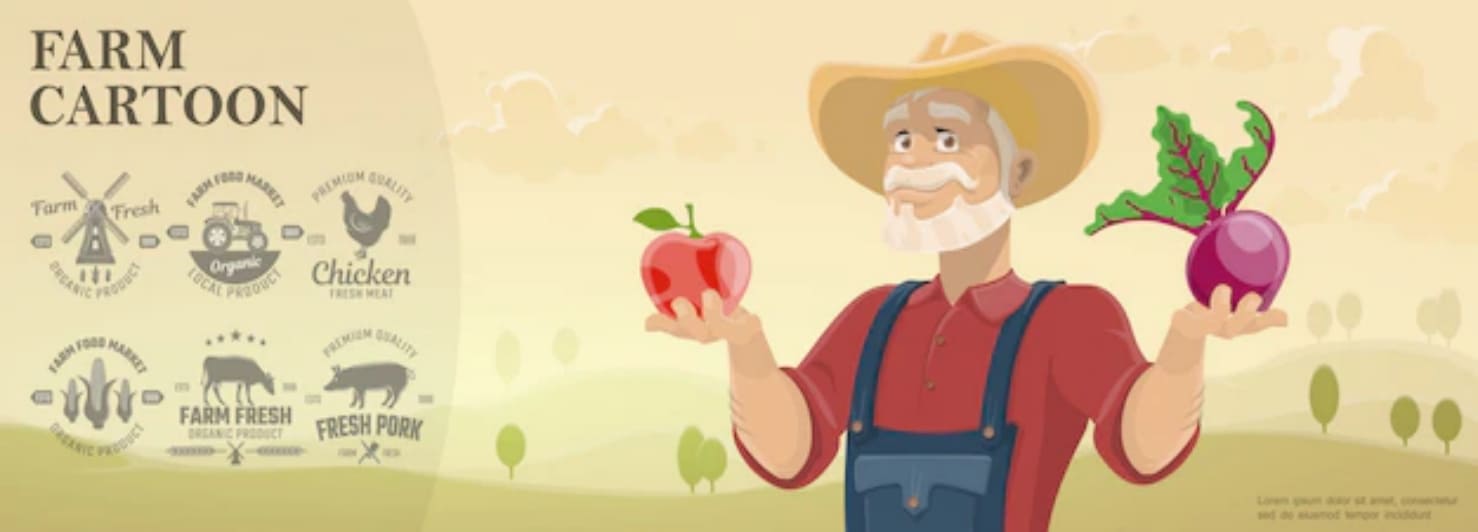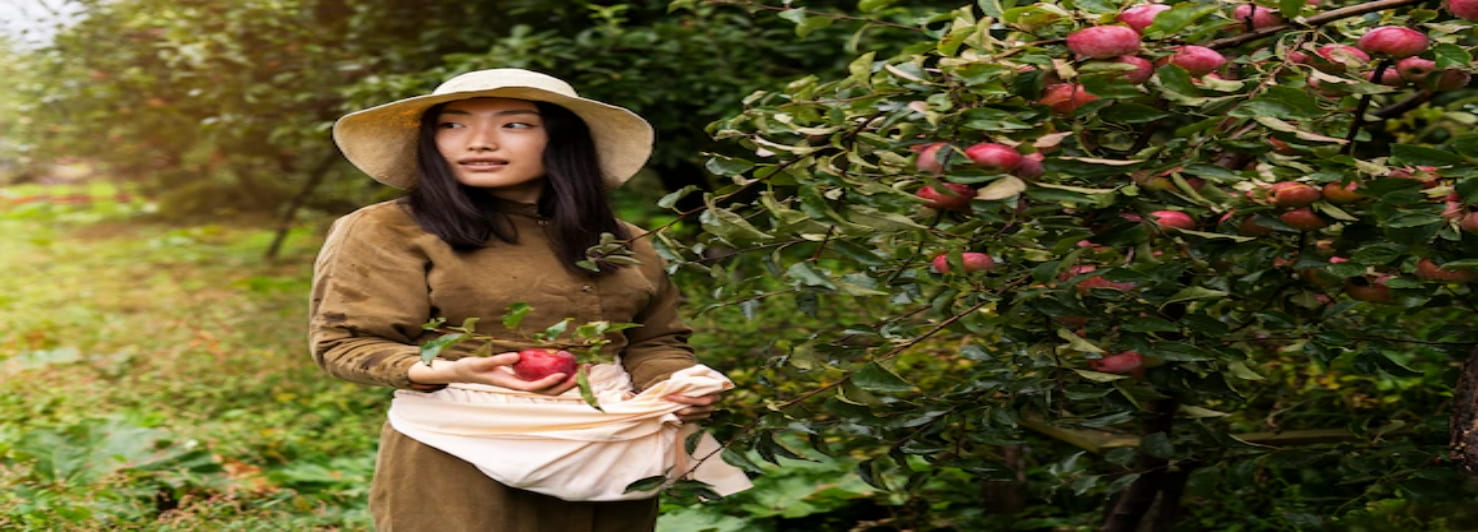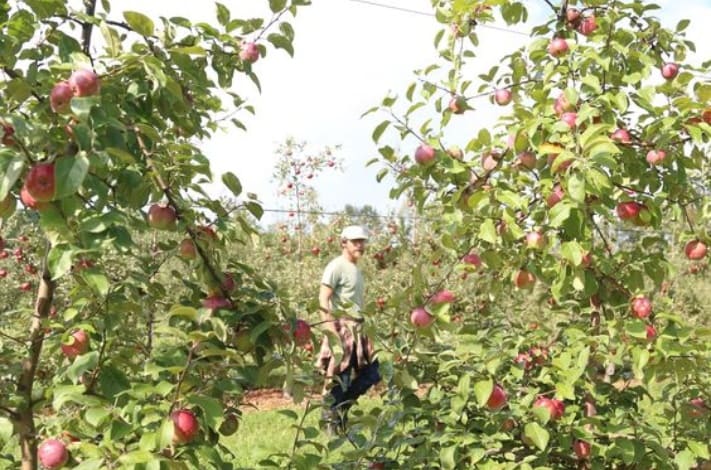Apple farming is far from a new technique. The origins of apple trees can be dated back to Kazakhstan, more than 750,000 years ago. Apple farming, on the other hand, can be traced to Neolithic farmers throughout Asia, approximately 8,000 years ago.
Availability of Apples and Apple Farming
Although apples have been available for thousands of years, they were typically only found throughout Asia and various parts of Europe. Only in the 1700s were apples first introduced to North America by colonists. Most apple trees that are found in orchards today are of the Malus domestica genus.
Today, China is known as the largest apple producer around the globe. They are currently responsible for producing more than 42,000,000 tons of apples, while the United States is responsible for a mere 4,900,000 tons of apples annually. It’s important to note, however, that together, the United States and China are responsible for producing and selling more than 50% of the world’s apple production.
The top 10 apple-farming countries around the world include:
- China: 42,000,000 tons
- United States:4,900,000
- Turkey: 3,600,000
- Poland: 3,080,000
- India: 2,316,000
- Italy: 2,303,000
- Iran: 2,241,000
- Russian Federation: 1,950,000
- France: 1,753,000
- Chile: 1,621,000
Apple Farming Requirements
Getting started with apple farming will require the proper amount of land, equipment, supplies, and the right climate. Understanding what is required to begin farming apples of any genus is imperative when doing so on your own or for a commercial orchard.
Choosing a Proper Planting Site
When planting apples, selecting the right site is essential. Apple trees thrive in full sun and will also need proper drainage systems in place (without restricting the ability of the tree to retain moisture). For long-term success with an apple orchard, light to medium-textured soil solutions are ideal. It is best to avoid heavy clay as your choice of soil for apple trees, as this can lead to dryness and ultimately, root rot disease.
Important apple farming tips to keep in mind when selecting a site include:
- Avoid planting apple trees near other fruit trees.
- Avoid planting any genus of apple trees near wooded areas or areas with extensive trees, shrubs, and bushes.
- Locate soil for apple trees by ensuring the pH range of the soil is between 6.0 and 6.5. While a 6.0 and 6.5 pH is ideal for planting and farming apples, in some cases, a 5.5 pH to a 7.0 pH may also be acceptable, depending on your current location, surrounding climate, and the type of apple tree you plant.
- Apples thrive in a moderate temperate climate.
- While apple trees thrive in full sun, they must receive 20 inches of rainfall during the growing season, on average, for optimal results.
- It’s important to keep your chosen property’s sea level in mind when planting apple trees. Apple trees perform best when planted between 1800m and 2800m above sea level, as long as they are planted in a region with a temperate climate.

When to Plant Apple Trees
Planting apple trees will depend on the current climate you are living in or intend to plant in. If you are choosing to plant apple trees on open land, it’s necessary to get started in the early spring. Starting the planting process in the early spring will ensure the soil is as malleable and workable as possible.
For those who opt for container-based apple trees, regardless of the genus chosen, it is likely possible to plant the trees to fruition year-round. Doing so will require an understanding of the surrounding environment of your chosen apple trees and any nutrients your trees will require based on the time of year you plant them.
Apple Tree Varieties
Both independent and commercial apple tree farmers will need to know the different tree varieties available to find an apple tree type that is not only delicious and marketable but one that is likely to thrive in one’s current region and climate. There are many different apple varieties, such as the Granny Smith, Honeycrisp, Golden Delicious, and even the Red Delicious apples. However, did you know there are even more? Alternative apple varieties to consider when planting an apple orchard or farm might include:
- Aroma
- Belle de Boskoop
- Tellissaare
- Yellow Transparent
- Cox’s Orange
- Ambrosia
- Arkansas Black
- McIntosh
- Pacific Rose
- Stark Delicious
- Sugar Bee
Once you are familiar with different apple tree varieties and environments required for them to thrive, you will need to determine which propagation methods you will utilize. For example, commercial propagation is typically completed with the use of both tongue grafting and budding. Choosing the ideal methods for your apple farm or orchard will vary based on the location of your apple trees and whether you are growing them in full sun or a controlled environment.
Advantages of Planting and Farming Apples
Did you know that on average, one acre of farming land that is ripe for apple trees can produce between 20,000 and 30,000 apples each season? However, it’s important to note that planting apples requires up to 8 years to begin properly harvesting apples from the planting of a seedling.
A few of the most notable advantages of planting and farming apples include:
- Once apple trees are mature and begin producing apples for harvesting, they can last for up to 30 years, producing thousands of apples throughout their lifespan.
- It’s estimated that more than 87,000,000 tons of apples are produced each year by apple orchards, making them an extremely profitable venture for farmers and commercial investors alike.
- Apples are extremely nutritious and provide numerous vitamins that are beneficial for the body, making them appealing to a much wider group of consumers.
- Commercial apple farming is typically much more profitable than alternative fruits.
- It is much easier to market apples, as apples are always in demand year-round.
Nutrition of Apples
Regularly incorporating apples into our daily diet is not only a way to enjoy a guilt-free snack, but you can do so knowing you’re providing your body with much-needed nutrition. Some of the most vital nutritional benefits of consuming apples regularly include:
- Fibrous: Most apple varieties are extremely high in dietary fiber. In one medium-sized apple, you can expect to consume approximately 4 grams of high-quality soluble fiber. The soluble fiber found in apples also includes pectic. These both aid in the process of digestion without spiking blood sugar.
- Phytonutrients: Compound phytonutrients, including flavonoids and polyphenols, can be extremely beneficial for the body. Both phytonutrients include antioxidant properties and can help provide relief from stress. Additionally, phytonutrients have been known to combat chronic diseases, such as cancer and heart disease.
- Important Minerals and Vitamins: One of the most appealing aspects of consuming apples is the vitamins and minerals that are available in each apple. One medium-sized apple includes vitamin C, multiple B vitamins, and potassium. It is important to note that potassium not only supports heart health and muscle function, but it can also assist with regulating blood pressure.
- Low in Calories: For those monitoring their weight or watching their calorie consumption, apples are typically a healthy snack for those with healthy metabolisms. In most instances, apples are considered a low-calorie snack, coming in at 95 calories on average for a medium-sized apple. Along with 95 calories, an average apple contains 4 grams of dietary fiber, 25 grams of carbohydrates, 14% of the RDI of vitamin C, 6% of the RDI of potassium, and 5% of the RDI of vitamin K.
Getting started in apple farming is possible in many regions around the world during the right season and with proper equipment and gear. From planting apple trees in full sun to using a container-based system within an indoor garden, there are many methods of farming apples today that can allow you to do so successfully on your farm or by starting your commercial orchard.
